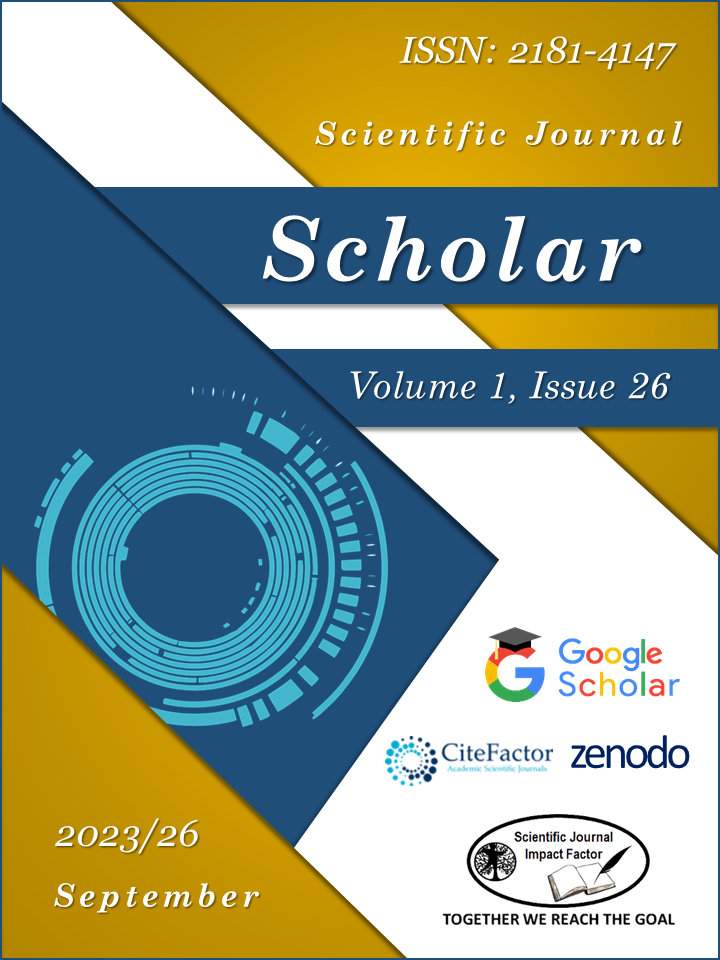ANALYSIS OF COUPLING STATE OF MAN-LAND RELATIONSHIP REGIONAL SYSTEM IN DAIHAI BASIN: A CASE STUDY OF ULANQAB, CHINA
Keywords:
Daihai Basin; Man-land relationship; Coupling coordination; Degree of obstacleAbstract
This study investigates trends in the evolution of the coupling state of the man-land relationship and the primary barrier by using a model of the coordination and coupling of the man-land link to the regional system and the Ulanqab in the Daihai Basin as a topic. The next conclusions were reached: (1) Regional development intensity index, resource and environment level index, and trend in collaborative development after 2015 all demonstrated a varying and intertwined growing tendency. (2) After 2004, the coupling degree reached high-quality coupling, and after showing a weak upward trend, the coupling degree reached good coordination in 2012. (3) Effective irrigated area, total area of crops planted, effective irrigated area, and total population at the end of the year were the key barrier variables;(4) It is advised to support integrated urban and rural growth, uphold green development, and improve the hub economy's agglomeration function.
References
CHENG Yu REN Jian-lan XU Cheng-long. Men-land Relationship’s Evolution Trend and Influence Factor of Shandong Province from the Perspective of Ecological Civilization [J] 2015,25 (11):121-127.
WU Chuan-jun. The Man-Land Relationship and Economic Location. Beijing: Xueyuan Press, 1998.
MAO Han-ying. Man-Land System and Regional Sustainable Development. Beijing: China Science and Technology Publishing House, 1995.
ZHENG Du,CHEN Shu-peng. Progress and disciplinary frontiers of geographical research [J]. Advance in Earth Sciences, 2001, 16 (5): 599-606.
LU Da-dao. Theoretical studies of man-land system as the core of geographical science[J]. Geographical Research, 2002, 21 (2): 133-145.
SONG Chang-qing, LENG Shu-ying. Characteristics and trends of modern geography and progress of geographical research in China [J]. Advance in Earth Sciences, 2005, 20 (6): 595-600.
Fan Jie. Scientific Idea about Territorial System of Human-Nature Relation and Economic Geography [J]. Economic Geography, 2008, 28 (2): 177-183.
SHI Pei-jun. Today and future of the dynamics of human earth (earth surface) system[J].Earth Science Frontiers, 1997, 4 (1/2): 201-211.
CHEN Xing-peng, LU Cheng-peng, YANG Jing, et al.Analysis of human-environment coordination fluctuations of Ningxia in 1986-2005 based on ecological footprint model[J]. Journal of Arid Land Resources and Environment, 2011, 25 (10)( 10 ) .
LIU Yu-hui. The analysis of China’s human-environment relationship fluctuations between 1961-2001: Study based on the EF (ecological footprint) model[J]. Economic Geography, 2005, 25 (2): 219-235.
CHENG Yu, WANG Yaping, ZHANG Yuze REN Jianlan. The Evolution Trend and Driving Factors of Man-land Relationship about theYellow River Delta Area [J]. Economic Geography, 2017, 37 (2): 83-97.
CHENG Yu, RENJian-lan, XU Cheng-long. Men-land Relationship’s Evolution Trend and Influence Factor of Shandong Province from the Perspective of Ecological Civilization [J]. China Population, Resources and Environment, 2015, 25 (11): 121-127.
Zhao Anzhou, WANG Dongli, Wang Jinjie, HU Xiaofeng. Quantitative Investigation of the Interactive Coupling Relationship Among Urbanization-Tourism Industry-Ecological Environment and Their Obstacle Factors in Beijing-Tianjin-Hebei Urban Agglomeration [J]. Research of Soil and Water Conscrvation, 2021, 28 (04): 333-341.
Downloads
Published
How to Cite
Issue
Section
License

This work is licensed under a Creative Commons Attribution-NonCommercial-NoDerivatives 4.0 International License.

